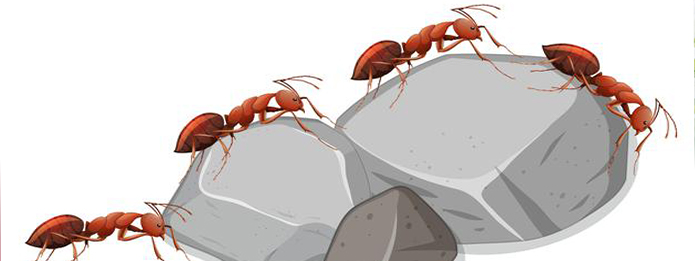 Many people think of and refer to groups of ants as "armies," perhaps because they seem to diligently keep to a straight line when in pursuit of some necessity. Have you ever wondered what causes these little insects to march so dutifully? The answer may cause you to rethink much of what you thought you knew about ants. Consider a few key facts that may help you better understand these social critters so that you can appreciate them from afar while keeping ants out of your home.
Many people think of and refer to groups of ants as "armies," perhaps because they seem to diligently keep to a straight line when in pursuit of some necessity. Have you ever wondered what causes these little insects to march so dutifully? The answer may cause you to rethink much of what you thought you knew about ants. Consider a few key facts that may help you better understand these social critters so that you can appreciate them from afar while keeping ants out of your home.
 Many people think of and refer to groups of ants as "armies," perhaps because they seem to diligently keep to a straight line when in pursuit of some necessity. Have you ever wondered what causes these little insects to march so dutifully? The answer may cause you to rethink much of what you thought you knew about ants. Consider a few key facts that may help you better understand these social critters so that you can appreciate them from afar while keeping ants out of your home.
Many people think of and refer to groups of ants as "armies," perhaps because they seem to diligently keep to a straight line when in pursuit of some necessity. Have you ever wondered what causes these little insects to march so dutifully? The answer may cause you to rethink much of what you thought you knew about ants. Consider a few key facts that may help you better understand these social critters so that you can appreciate them from afar while keeping ants out of your home.

